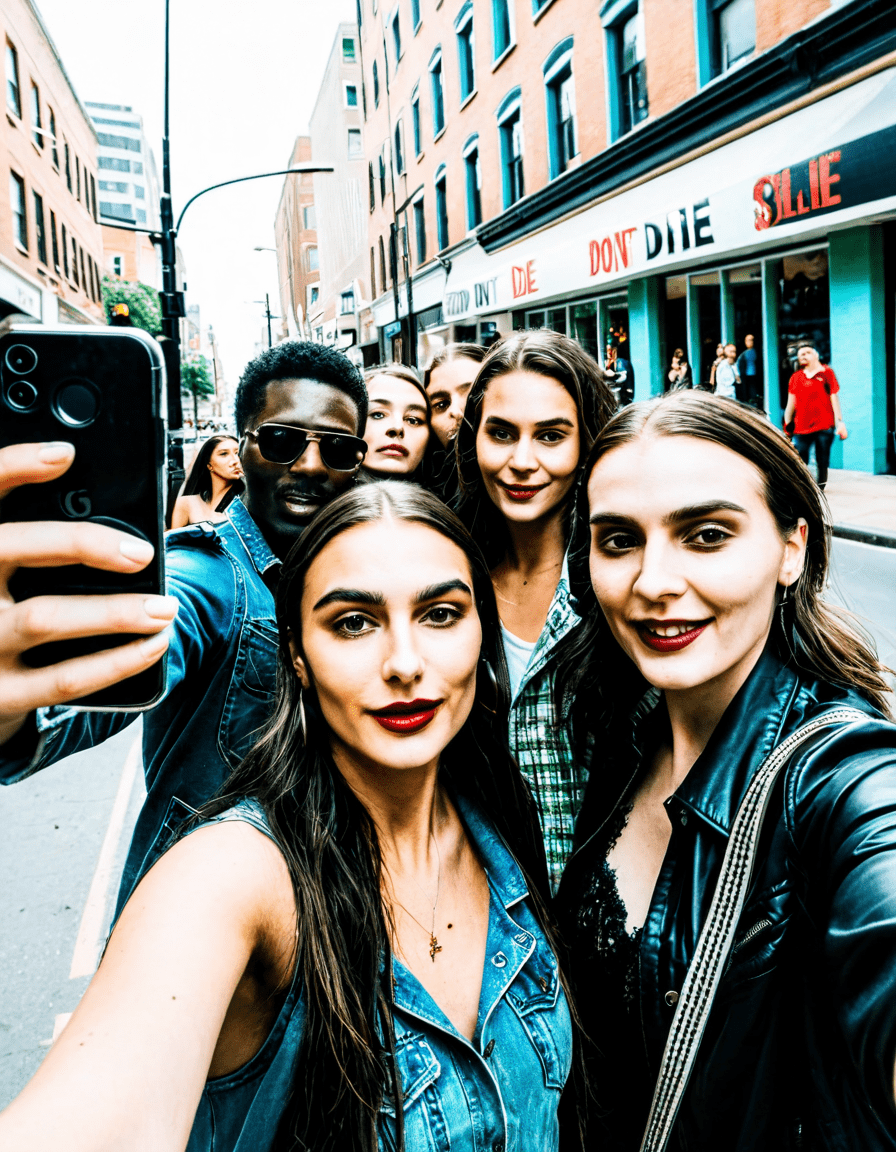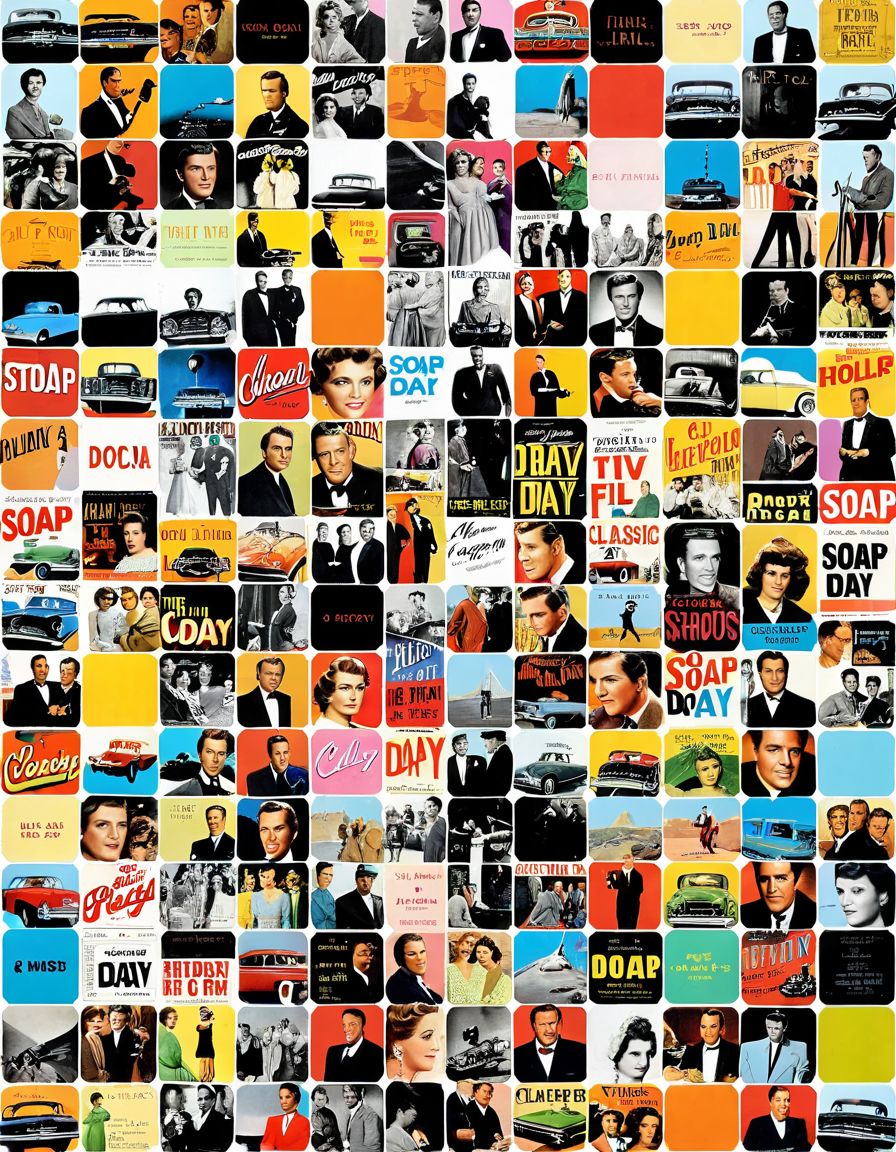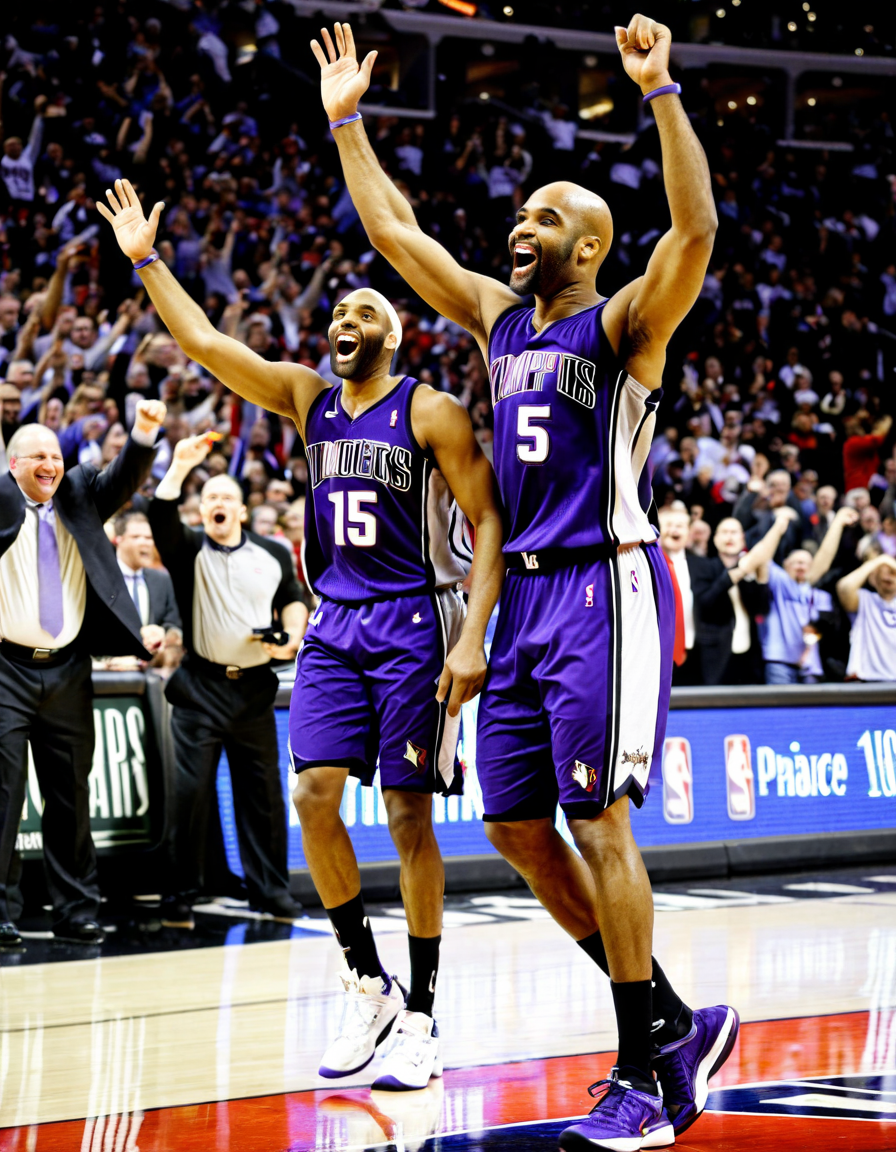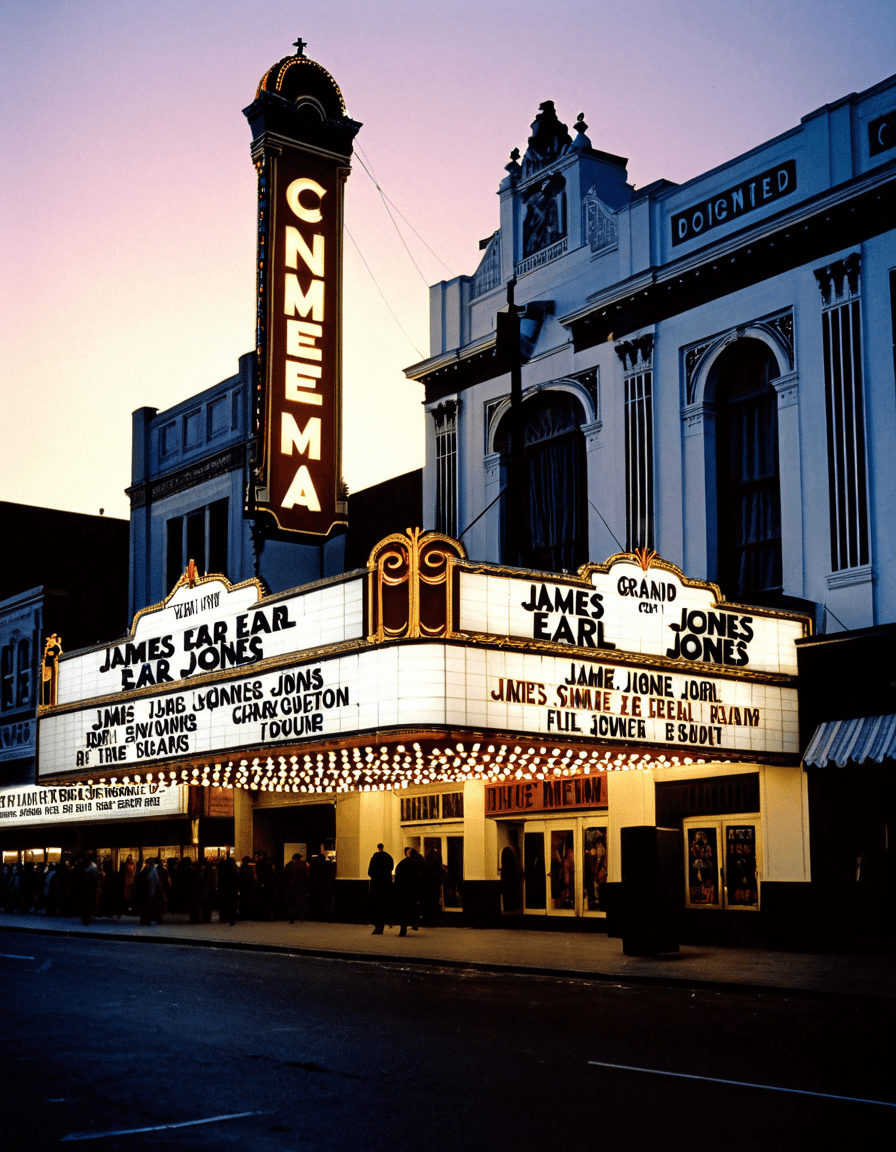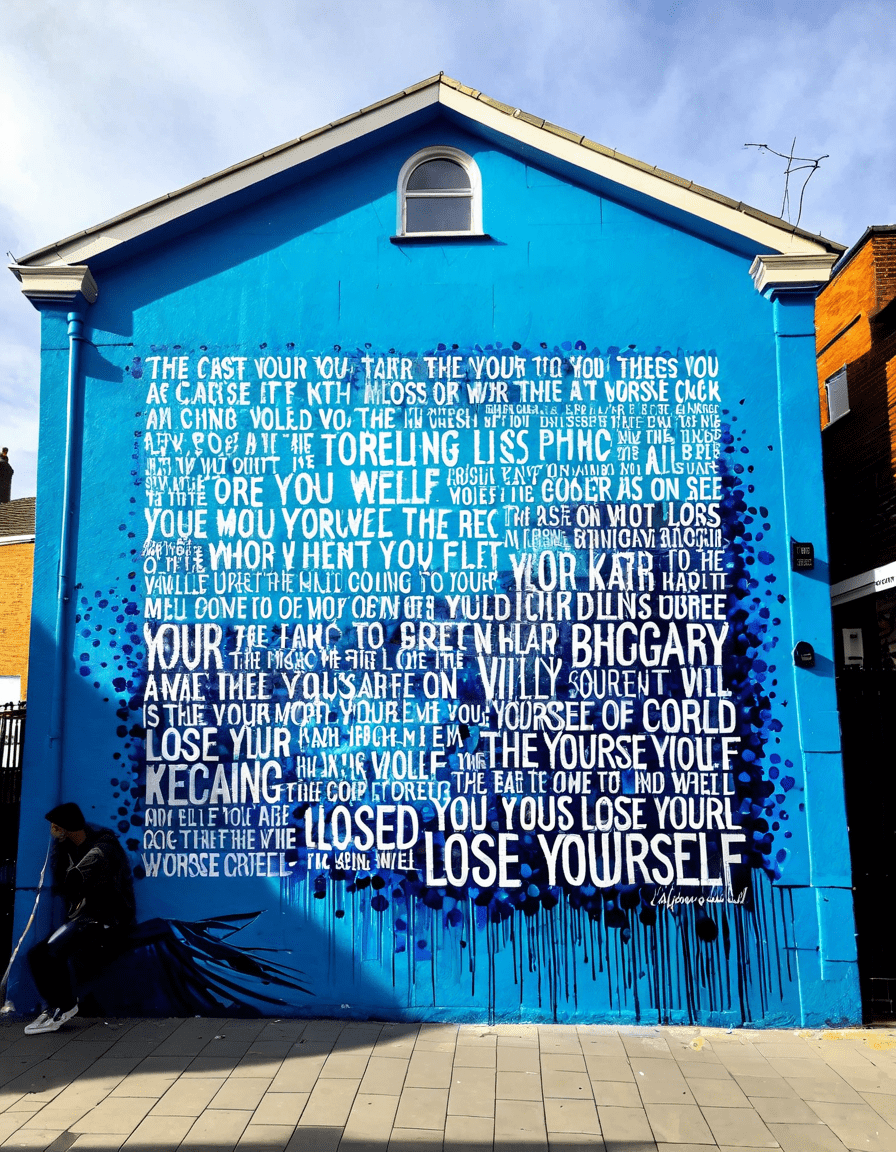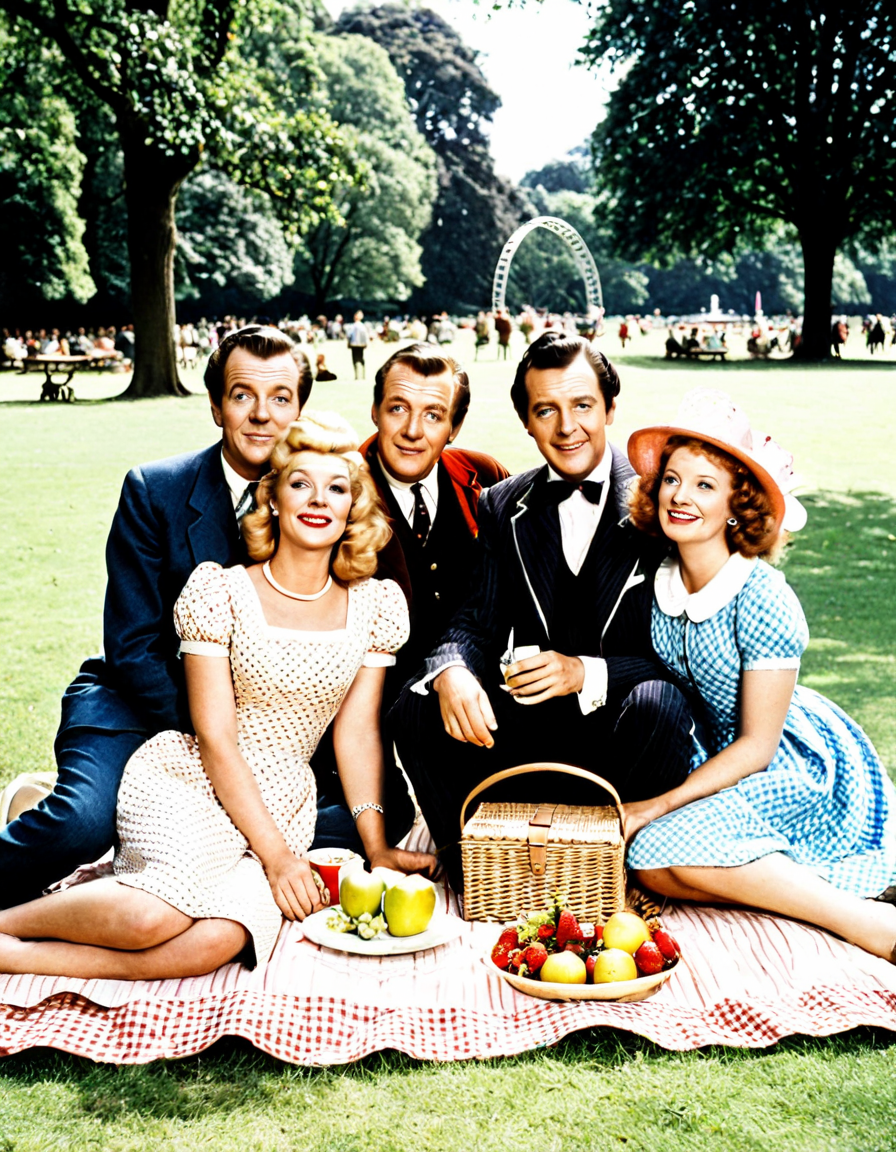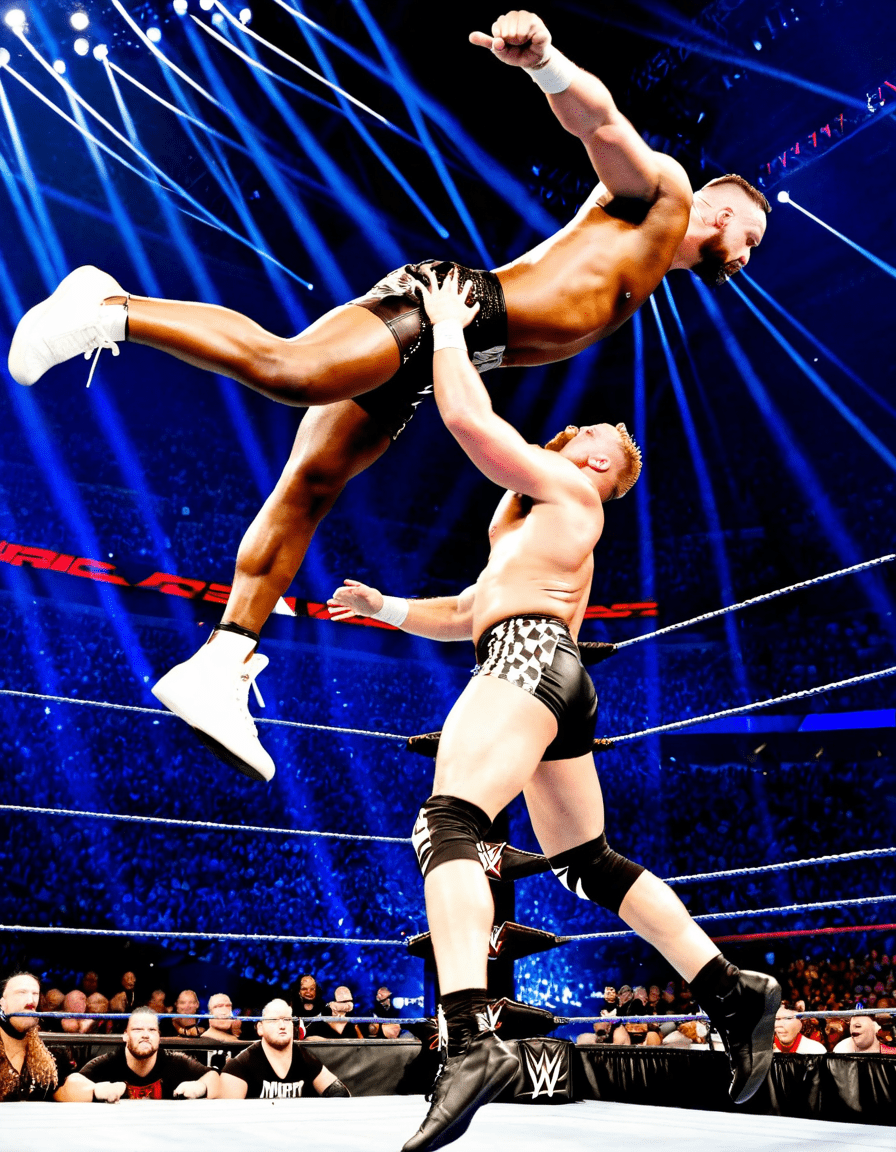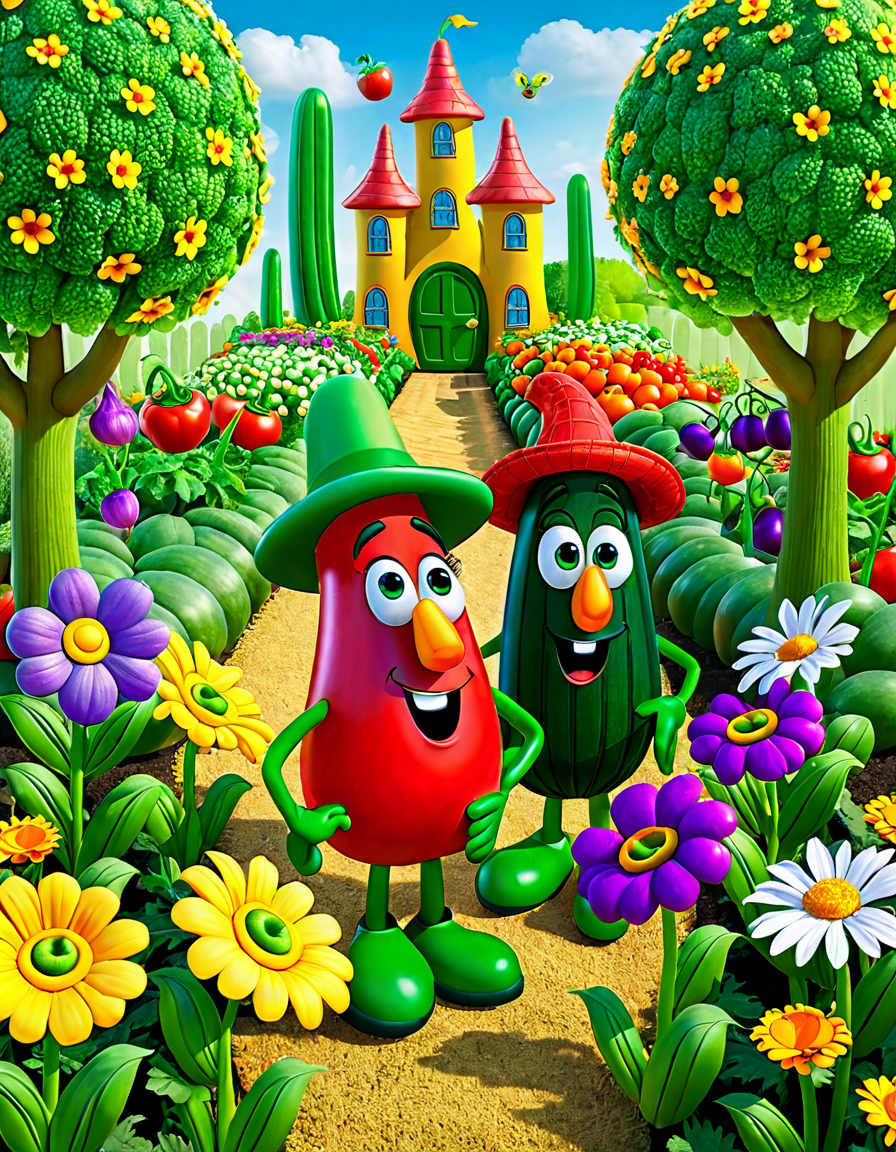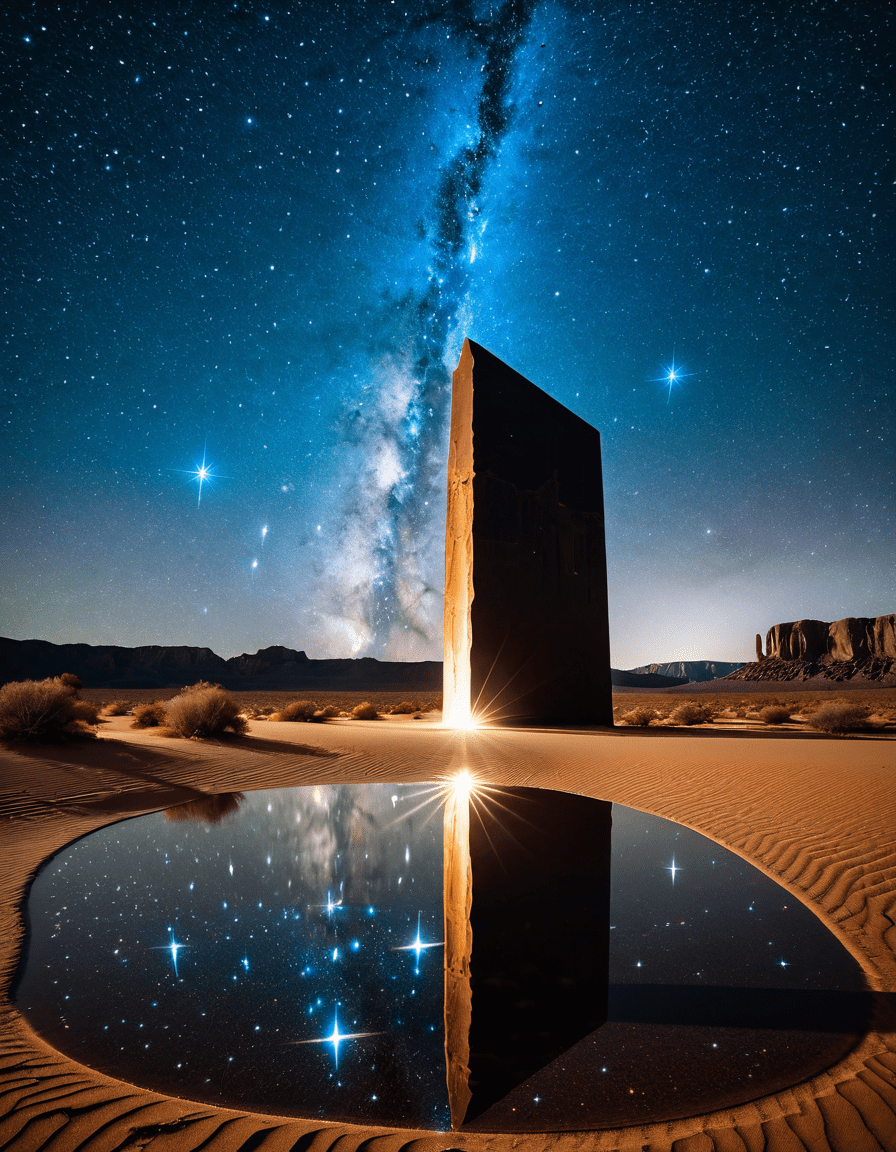In the landscape of film and literature, The Dead Don’t Die serves as a symbolic reflection of contemporary consumer society, deftly critiquing the patterns of excess and apathy that characterize modern existence. This article delves into how the film mirrors society’s failures, offering a multi-faceted analysis that draws parallels to real-world phenomena.

## The Dead Don’t Die: A Critique of Consumer Society’s Downfall

1. Zombie Apocalypse as a Metaphor for Consumer Fatigue
In The Dead Don’t Die, zombies represent more than just mindless creatures hunting for brains; they symbolize the living dead within an overstimulated society. Take, for instance, the brands like Abercrombie & Fitch and Blockbuster. Once dominant players in the market, their portrayal as relics underscores the impact of rapid consumer changes. Nowadays, they’ve given way to fast-fashion retailers and streaming giants like Netflix, leaving them as little more than echoes of a bygone era.
Just imagine strolling down a deserted street, past a Blockbuster store cloaked in dust, while the zombies shuffle around in a haze of lethargy. This haunting image reflects a bigger truth: too many consumers are walking through life absorbed by screens and shopping trips, oblivious to the withering of meaningful experiences.
2. The Glorification of Excess
Character archetypes in the film demonstrate the cycle of indulgence, showcasing our culture’s tomb of over-consumption—be it food, entertainment, or gadgets. Adam Driver’s character captures the essence of apathy that’s ingrained in a generation all-too-comfortable swiping through endless shopping apps. In real life, figures like Jeff Bezos exemplify this cycle through their massive consumer empires, as seen with how Amazon has lured people into a world where acquisition knows no bounds.
As shoppers, we often fill our carts with products that promise joy yet leave us wanting more. It’s a modern trap, often leading to overspending and guilt, just as the film suggests. If we keep consuming without thought, we’re bound to adopt the film’s haunting truth of becoming an extension of these zombies we don’t wish to be.
3. Materialism as the Harbinger of Doom
The characters in The Dead Don’t Die often find themselves obsessively checking their phones or shopping with fervor—actions deeply rooted in a materialistic culture. For many, brands like Gucci and Supreme morph into status symbols, driving a culture that prioritizes needless consumption over real fulfillment. This consumption frenzy results in emotional emptiness rather than satisfaction.
The film serves as a cautionary tale: every hauler of the latest smartphone or a luxury handbag may, unbeknownst to them, be contributing to societal decay. The signs are stark. When characters prioritize objects over relationships, we witness their disintegration, mirroring the outcomes of those who become ensnared in consumer fixation.
4. The Role of Media in Perpetuating Apathy
Amidst the film’s chaotic backdrop, news reports and social media emerge as crucial elements shaping public outlook. Characters remain indifferent to impending doom, which reflects real-world issues like the Facebook and Cambridge Analytica scandal. Society’s engagement with unreliable news contributes to a collective numbness, making it easier to ignore pressing concerns.
Consider how news cycles today often bombard us with sensation rather than substance. As people scroll through feeds buzzing with the trivial, they often overlook the critical. This numbness parallels the film’s unfolding chaos, where the characters miss the unraveling of their world while fixated on personal distractions.
5. Resistance to Change
Throughout The Dead Don’t Die, resistance to the signs of impending societal collapse echoes strongly. Much like the coal industry’s reluctance to embrace renewable energy, characters in the film avoid confronting their consumer-induced malaise. It’s a cautionary echo of our times, urging audiences to wake up to their reality before it spirals into irreparable damage.
By taking stock of our habits and addressing the glaring evidence of decline, we can shift our priorities. The film ultimately instigates a moment of reflection, prodding us to look deeper into our choices and how they mirror the attitudes we see onscreen.
![Sturgill Simpson - The Dead Don't Die [Official Video]](https://www.navigate-magazine.com/wp-content/cache/flying-press/2ca8dacf885e3106df8e7d1161caa0bc.jpg)
Examining the Why Women Kill Cast: A Parallel Exploration
Navigating the darker themes explored in The Dead Don’t Die aligns surprisingly well with Why Women Kill. Each narrative delves into societal pressures, contrasting desires, and the consequences of chasing after hollow ideals. The characters in both stories broadly reflect on the pitfalls lurking behind consumerism’s shiny veneer.
In Why Women Kill, the character played by Lucy Liu faces the high-stakes realm of privilege that becomes a race for status. This mirrors the mind-numbing consumption seen in The Dead Don’t Die, showcasing the emotional toll of chasing unattainable dreams.
Such narratives reveal the uncomfortable truth: underneath our desires lie the potential for moral decay. It’s in these shared struggles against emptiness that audiences can find the motivation to reflect and ultimately re-evaluate their pursuits.

Innovative Wrap-Up
The Dead Don’t Die transcends mere entertainment to become a pressing call to action. By spotlighting the absurdities nestled within our consumption-driven lives, it challenges viewers to reassess their values. Among the laughter and gore lies deep reflection—are we allowing the living dead of consumer culture to walk among us?
As we scrutinize this film’s storytelling, it reveals an undeniable truth about our society’s trajectory. Recognizing and understanding these patterns is an essential first step towards rejecting the convenient comforts of mindless consumerism engulfing humanity. The journey forward calls for awareness and courage. Are we willing to reclaim our lives before we find ourselves as lifeless as the characters we fear?
In a bustling world that often emphasizes the superficial, it’s imperative for all of us—whether traveling for business or leisure—to peel back the layers, understanding that our choices today shape the reality of tomorrow. Whether it’s Oprah’s Favorite Things or the thrill of jet-setting, we must strive for experiences that enrich our spirits instead of filling our closets. Let’s choose substance over the spectacle.

The Dead Don’t Die: Fun Trivia and Interesting Facts
A Zombie Feast for Thought
Did you know that the quirky approach of The Dead Don’t Die has a nod to classic horror comedies? The film brings to mind the spirit of horror films like Ghostbusters: Frozen Empire, blending humor with the zombie apocalypse while critiquing consumerism. That dual-layered style is reminiscent of beloved films that successfully combine laughs with scares, keeping audiences on their toes. Speaking of layers, this film also plays with the theme of “living death”—much like how people get sucked into trends, sometimes forgetting what truly matters.
Stars That Shine in the Undead Universe
The cast is another gem! Bill Murray and Adam Driver deliver memorable performances, but did you know that the film features appearances by more than just seasoned actors? Among the zombie horde, you might find some intriguing cameos, which fans love to spot just like they love Oprah’s favorite things. It’s a thrill to see iconic actors blend into the undead chaos, showing how even legends can face their doom in satirical ways. And let’s not forget the brilliant use of music, where Chaka Khans tunes might even find their way into the undead party mix—who wouldn’t want to jam with a zombie?
Unexpected Connections and Behind-the-Scenes Gems
The Dead Don’t Die also points fingers at our reliance on technology and media. A fascinating tidbit is that the film’s director, Jim Jarmusch, shares some parallels with the likes of Woody Allen, both being known for their unique perspectives on life and society. It’s also intriguing to see how pop culture references sneak in here and there, with elements that echo contemporary figures, such as Elle Brooke, engaging audiences through these clever nods and allusions. With lively banter about consumer habits, the film invites viewers to reflect on their choices—are you binging shows on Soap2Day while the world is crumbling around you?
So, while soaking in the dark humor and undercurrents of The Dead Don’t Die, it’s worth noting how the film cleverly critiques the very things we might take for granted. And remember, it’s not just the zombies that are rotting away—it’s our unthinking consumption. Grab your popcorn and enjoy!
